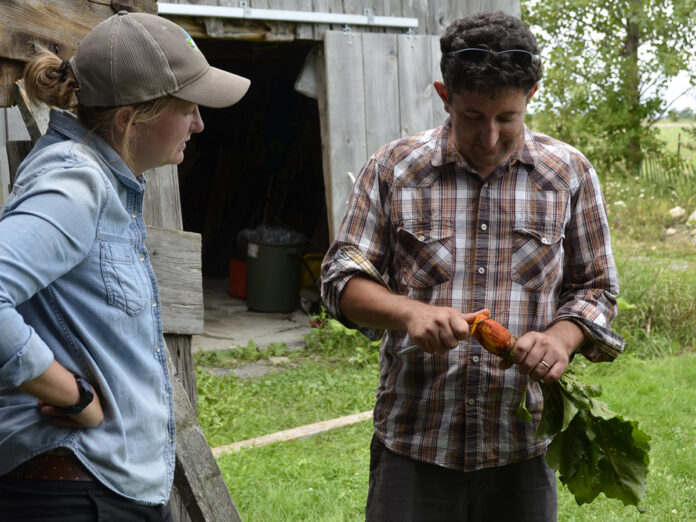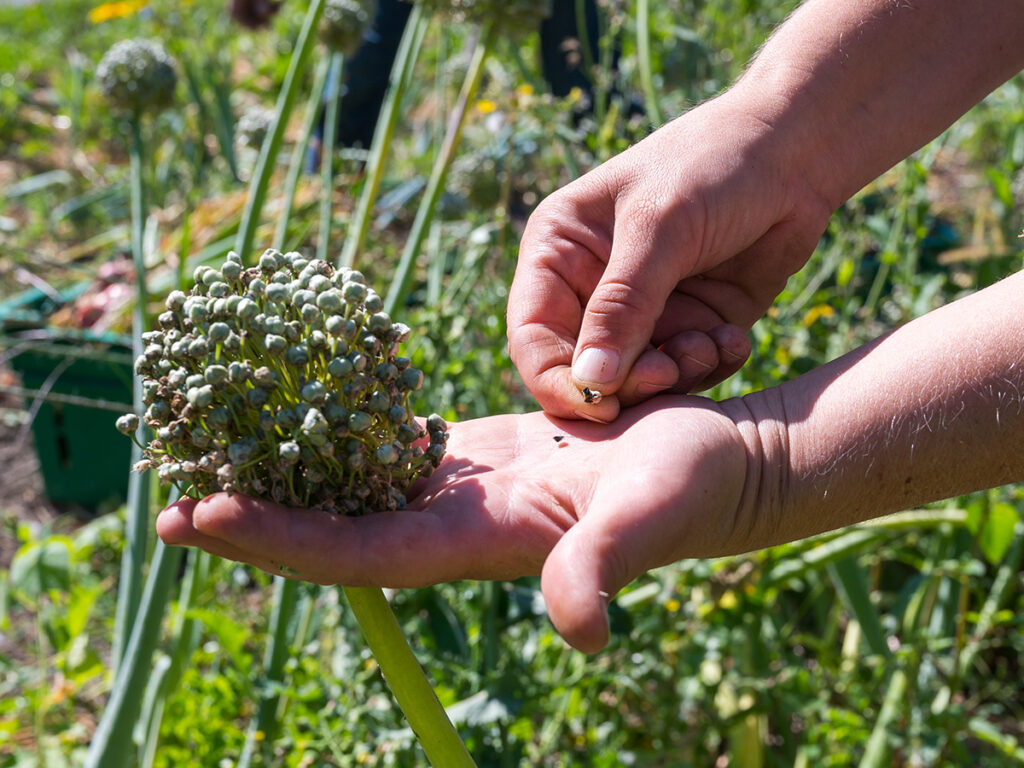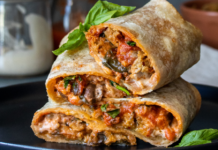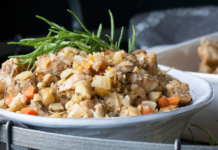
Transportation and energy choices often take the brunt of the blame for damaging the environment, but the biggest impact can actually be attributed to our food system.
To eat sustainably, your first action is to pack in more plant-based nutrients and make less room for animal proteins. Whole foods not overly processed are preferred. According to the recently released The Future 50 Foods report, there are categories featured such as algae and cacti that you may not have considered, along with IMPACT Magazine’s usual plant-based recommendations.
We are all being encouraged to buy local these days. Not only will your food travel less distance from where it is grown to your table, but it will taste fresher because it can be picked riper and doesn’t have to languish in refrigerated transportation. Also, buying locally gives you more connection to the farmers who grow your food and you can gain a better understanding of how they grow it. There’s nothing so tasty as fresh produce in season.
Better yet, grow your own. If you don’t have a large yard or are ready to plant in winter, start with small pots containing herbs, microgreens and cherry tomatoes. Your plants will beautify your home, diversify your diet and deliver a flavour punch to your dishes.

The Bauta Family Initiative on Canadian Seed Security, a program run by the non-profit SeedChange, works with over 100 Canadian farmers to trial, improve, and create new varieties of vegetables and field crops.
Speaking of flavour and diversification, if you decide to grow your own produce, you’ll want to invest in the best seeds available. Michael Mazourek, a plant breeder and associate professor at Cornell University, uses cross-pollination to bring out the strengths in different varietals of vegetables to derive a superior product.
This plant breeding is a painstaking technique that over time leverages desirable qualities in diverse varieties. Part of the goal is for the farmers to reap a productive harvest suited to a region’s conditions that is resistant to fungus and insects, therefore reducing the need for pesticides. For the consumer this means eating naturally nutritious food that is colourful, flavourful, and of the best quality.
Another interesting aspect of this process is some enzymes and elements of the plant’s genetics can be refined. For example, the bitterness can be dialed back so getting children to eat healthy vegetables such as broccoli or Brussels sprouts becomes an easier task. For example Mazourek developed a Habanada Pepper, which retains the taste of a Habanero variety without the spicy burn.
Waste not, want not nutritious food. Another sustainable tip is to use the whole plant by saving radish tops, kale stocks, turnip greens, cheese rinds and leftover bread for use in soup, casserole and pesto recipes. If you have leftovers after you’ve eaten, make a habit of saving them for lunch or stowing them in the freezer for a lazy day. When fresh produce is in season and the taste is at peak, freeze or preserve some if you can for those darker days.
In moving toward more sustainable eating practices, remember your reusable bags to tote your groceries. Consider your food’s packaging: is it biodegradable, recyclable or compostable?
- Good – a fresh and flavorsome seasonal diet that satisfies the senses and is part of our local culture
- Clean – food production and consumption that does not harm the environment, animal welfare or our health
- Fair – accessible prices for consumers and fair conditions and pay for small-scale producers
As you nibble at sustainability, you’ll be embracing the three tenets of Slow Food:
Most of all, don’t forget to have fun with experimenting with new things. Now’s the time to dive into those recipes and seek culture, flavour, nutrition and diversity for your cuisine.
IMPACT Magazine’s December 2020 Edition
Read about our top Canadian Olympic snowboarder who returned from injury and is chasing that elusive Olympic Gold! Learn how not to lose your momentum running through the cold and snow, work out with Canada’s Top Fitness Trainers, avoid back pain with one of the world’s most renowned experts and try out our delicious Holiday-themed recipes.
















